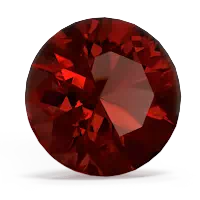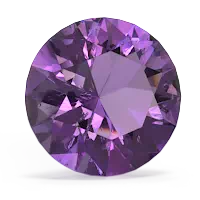


Emerald is associated with Venus, the Greek goddess of love and beauty. They say an emerald pendant can protect lovers from unfaithfulness. Garnets have ancient connections with feminine life force. A garnet pendant worn close to the heart is said to promote balance and peace of mind. An amethyst pendant is said to bring spirituality, tranquility and peace to the wearer. It is even said to help one succeed in business.